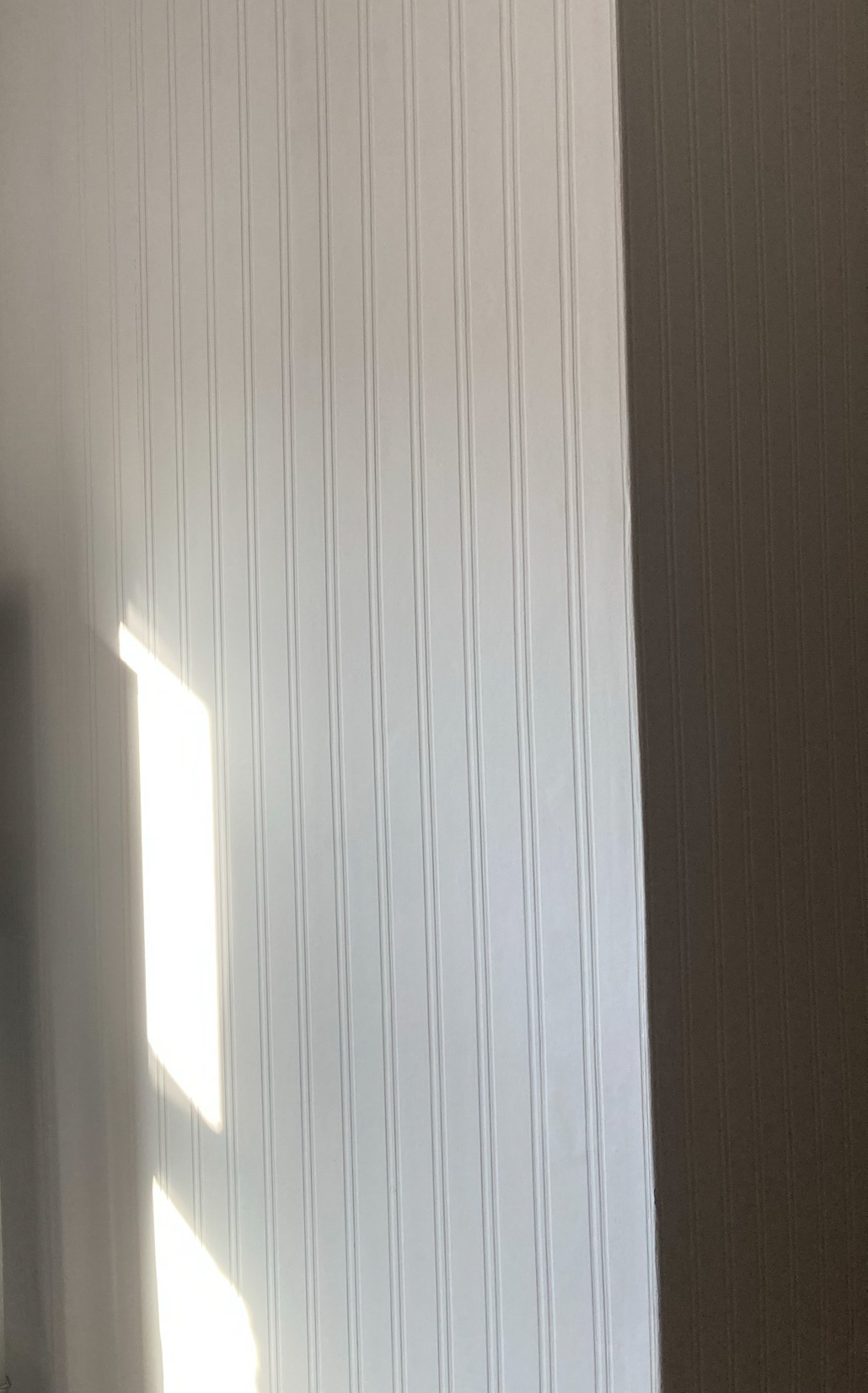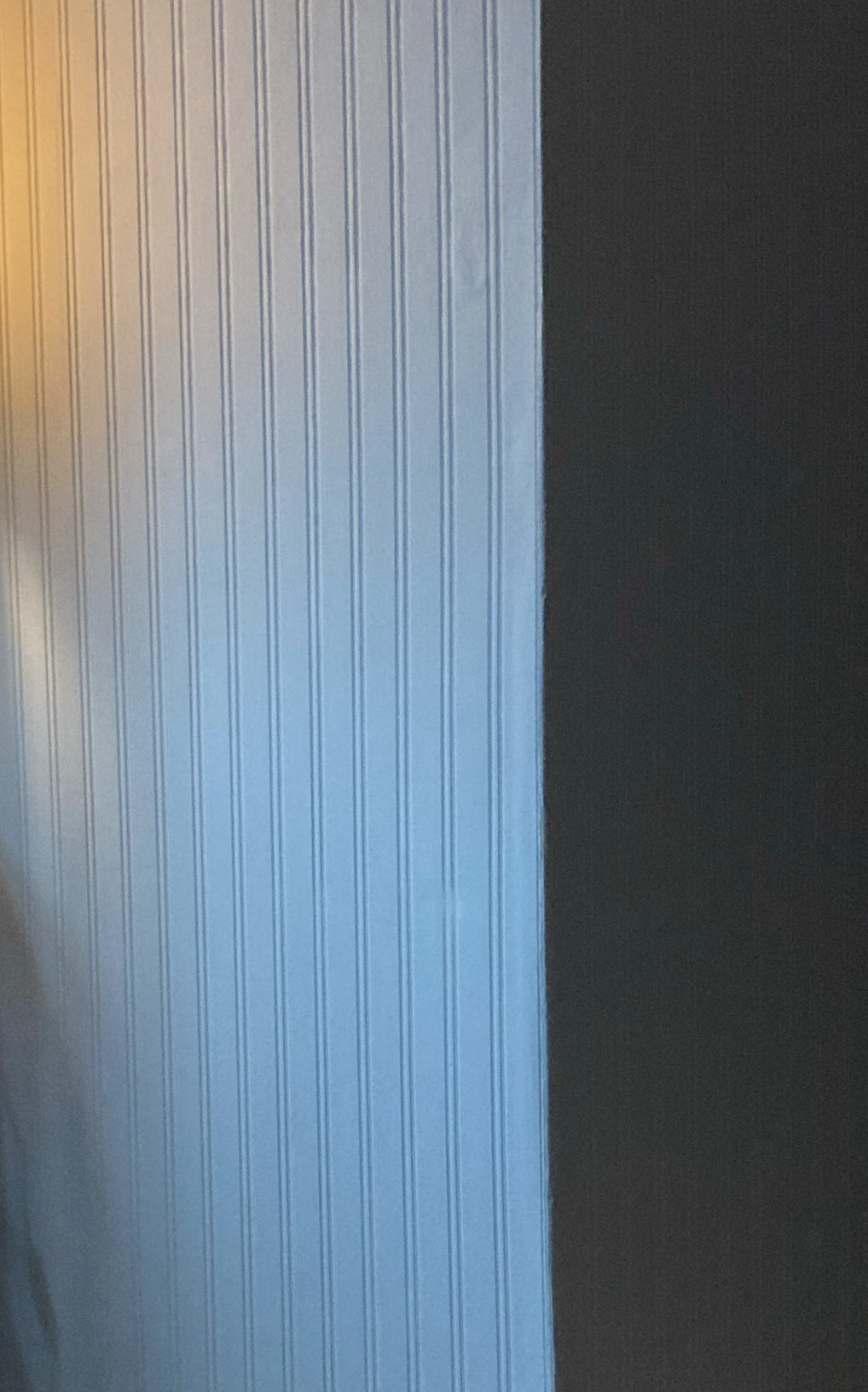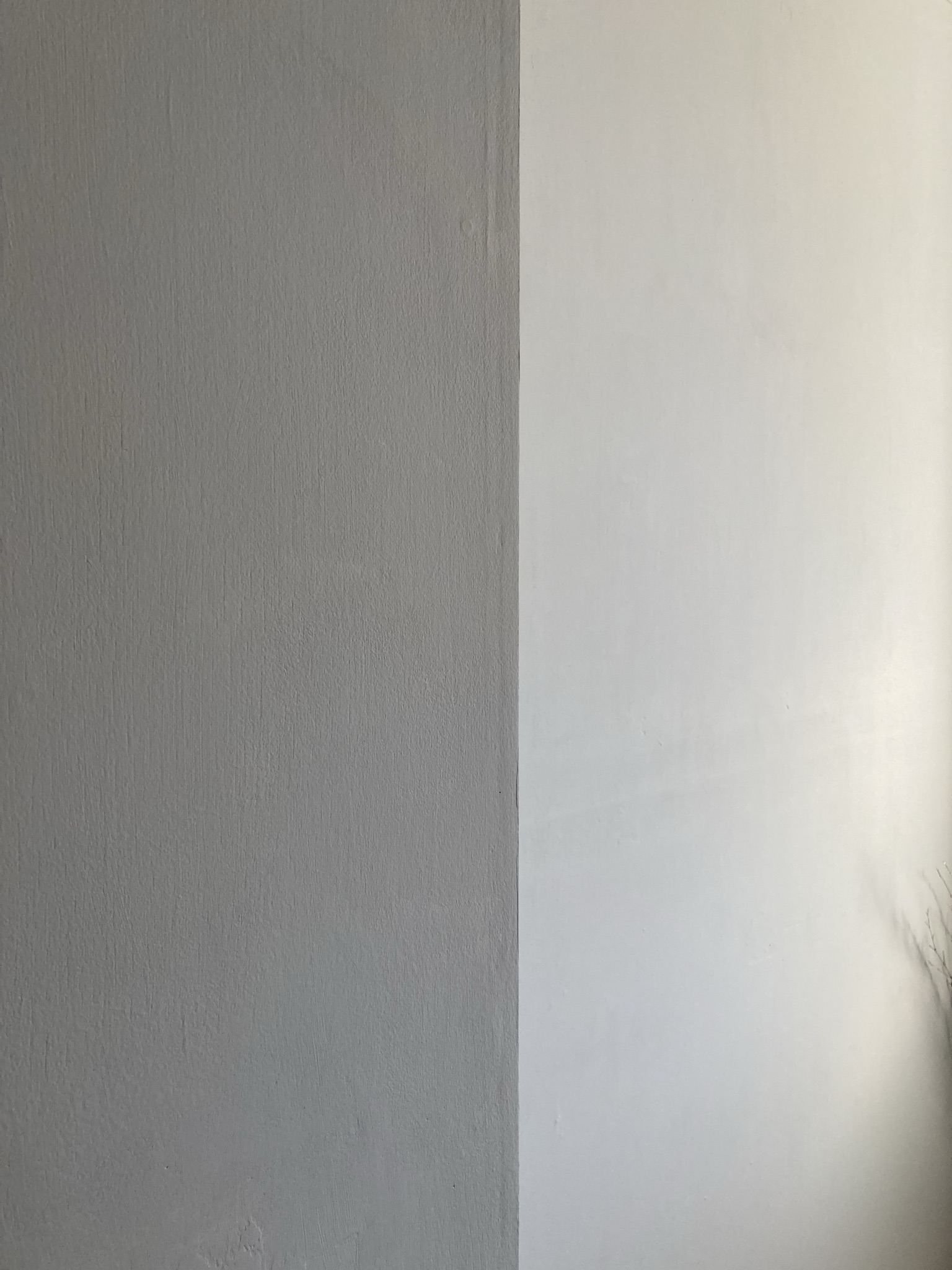I’m a bit of a science nerd. I love discovering just how amazing God’s creation is, and how complex.
One of the things that has always fascinated me is light. I remember learning that things don’t, as such, HAVE colour but that what appears to be their colour is determined by the wavelength of light that the object reflects.
Quick science lesson (both to educate and to make sense of where I’m going with this!):
Light is made of electromagnetic waves which spread out from any light source, such as the sun. Light waves travel at tremendous speed (186,000miles/300,000km per second). Different colours have different wavelengths (ie the distance between two of the waves). The longest wavelength of light that humans can see is red. The shortest is violet.
Objects absorb and therefore reflect light differently. This gives them their “colour”. A lemon reflects yellow light, as all the other colours are absorbed and so are not seen by our eyes.
Animals and birds see colour very differently to us. Even between humans, we can see colour differently because of genetically aquired – or illness/deficiency developed – colour blindness where there is a biological impairment to your ability to receive or process colour.
So, the thing I want you to focus on is that to see colour, you have to have light.
I took some photos of my “quiet space” which has two different grey paints used throughout. There is a light grey and a dark grey. The room has lots of extra internal angles and after painting the room I realised that any two surfaces painted in the same shade looked different because of how much or how little light they got. At night, with artifical light on, they looked different again!




The first picture is daytime, where both the walls visible are painted in the same shade, with the second picture being at night. Again, the following two are day and night, with each wall being the same shade.
They are completely different!
The amount, and type of light coming in affects the colour, as does the nature of the surface.
What does this have to do with God? The Bible uses light to refer to God a lot and I’d like to use the analogy to think about how God – who is the same yesterday, today and tomorrow – with one plan for all His Creation – treats us all the same. Matthew 5:44 in the Message paraphrases it as “He gives his best—the sun to warm and the rain to nourish—to everyone, regardless: the good and bad, the nice and nasty.” This is the “light” part of the analogy.
He is consistent. Just as the sun is shining even when the clouds obscur it, even on a rainy day, so God in His love grace and mercy remains the same. Always. Regardless of who WE are and what WE’VE done, He is consistant towards us through the redeeming sacrifice of His Son Jesus.
Just as the nature of the surface the light falls on affects how much of that light is reflected and which part of the light spectrum, so the nature of the person God’s light “falls on” reflects how much – if any – of that light is reflected. It also affects which parts.
What does that mean? It means those who don’t know Him, who haven’t acknowledged the Sovereignty and Authority of Christ and accepted Him in to their lives don’t (spritually speaking) reflect Him.
Those of us who have, may only reflect certain elements of His Character and Nature or, to be brutally honest, we only reflect some parts some of the time, as inconsistent as the colour on my wall depending on the time of day and weather outside the window. On my “cloudy days” little of His Light gets through the things in my life obscuring Him and consequenlty on those days I am not a good representation of His true Nature.
I’m intentionally focusing on being aware of my “reflection” as I meditate on this, asking Holy Spirit to reveal to me the things preventing me accurately reflecting the goodness, mercy, grace, steadfastness and righteousness of my Lord.